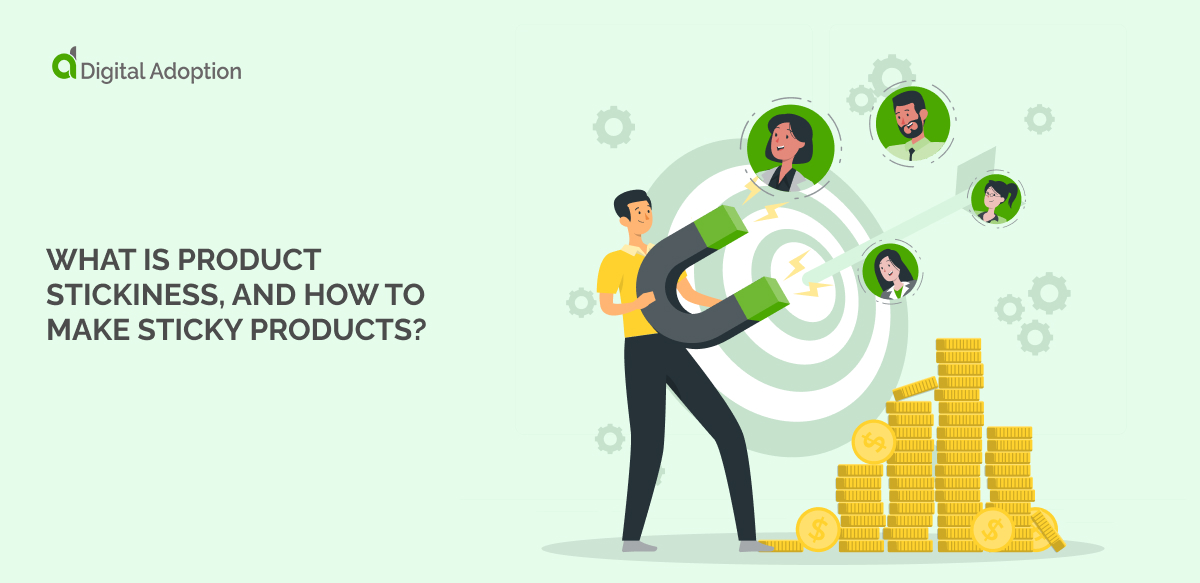How does subscription revenue compare to other SaaS pricing strategies?
The SaaS business model offers major advantages over other software business models, as most SaaS professionals probably know.
For instance:
- SaaS customers often don’t need to manually install or update their software, making SaaS platforms more convenient and user-friendly
- With traditional software models, IT teams often play a direct role in the negotiations, but SaaS sales teams can often interact more directly with business leaders and decision makers
- The SaaS model allows for faster growth through, for example, the networking effect and rapid software implementation
Reasons such as these have propelled SaaS to the forefront, especially in 2020, when COVID-19 drove SaaS adoption across much of the developed world.
However, there are several pricing strategies that SaaS companies can choose, such as subscription-based pricing or usage-based pricing.
Below, we’ll look at a few of those strategies, then learn how to improve revenue with the right user experience strategies.
Subscription Revenue vs. Other Pricing Strategies
There are several revenue strategies that SaaS companies commonly implement, and each has its advantages and disadvantages.
For example:
- Usage-based pricing charges users only when they use a product or service
- User-based pricing charges based on the number of users a product has
- Value-based pricing adjusts prices to reflect how valuable users perceive the product to be
- Subscription-based models charge customers on a regular basis, typically monthly or annually
Of course, these different pricing models can be mixed or matched as needed.
For instance, subscription models may be combined with user-based pricing, charging customers each month based on the number of users.
These plans may be further segmented by offering different tiers of subscriptions, each of which provides different features.
Pricing strategy is one of the most important factors affecting a SaaS company’s revenue, but it is important not to neglect the user experience. The user experience, after all, can have an equally large impact on the bottom line.
To Boost Revenue, Link Pricing Strategy to the Entire User Experience
Price is one variable that impacts user acquisition and retention, but it is not the only one.
Among other things, the user experience is also affected by:
- The product’s design. User engagement depends heavily on the product’s design. On the one hand, products should be useful and usable – people will only use products that solve their specific problems, after all. However, usability only matters if new users can actually pass the initial learning curve.
- Onboarding and training. All SaaS products have a learning curve, and in some cases that learning curve can be quite steep. Enterprise SaaS platforms, for example, often require training before users can actually become competent and productive. Poor onboarding experiences are a major contributor to churn, so it is important to take a structured, data-driven approach to user onboarding.
- Customer support. Another factor that affects user retention throughout the user life cycle is customer care. When users cannot solve their problems quickly and efficiently, frustration builds and that frustration can eventually drive users away from a product and, ultimately, a brand.
To positively impact the bottom line, it is important to understand all of these factors through monitoring and experimentation.
The Most Important Metrics to Monitor
To understand how pricing affects users and the user experience, it is important to use metrics to track:
- User acquisition, retention, and churn. Common user acquisition metrics include the cost of customer acquisition (CAC), the ratio of lifetime value (LTV) to CAC, and churn rate. These metrics are then evaluated within certain time frames, and that information can be useful for understanding the reasons behind abandonment.
- Specific pricing plans. As with most of the other strategies here, it is important to use more than one metric to evaluate the impact of price changes. User surveys can offer direct insight into the customers’ minds, for instance. But only a fraction of exiting users complete surveys, so it is important to complement this information with data and analytics.
- Which factors are driving user abandonment. Placing metrics across all of the areas impacting the user experience, from pricing to onboarding, can help clarify which factors are influencing churn. Cross-functional teams should share this data, collaborate, and use that information to develop strategies for making adjustments.
- The financial impacts of changes to these areas. Ultimately, the main concern for any business is the top- and bottom-line impact. After assessing user metrics and which factors affect user engagement, these should all be correlated with the financial impacts. That information will complete the picture and help managers make ROI-based decisions around pricing strategies and user experience optimization.
Effective optimization depends on the collaboration between teams.
User experience management teams, marketing teams, financial teams, and other relevant personnel should work together to paint a complete picture of how these factors interact.
After all, pricing is important, but it is important to gain a clear picture of the factors that contribute to effective product adoption. It would be counterproductive, for instance, to make changes to the price if poor user onboarding is what drives up user abandonment.













